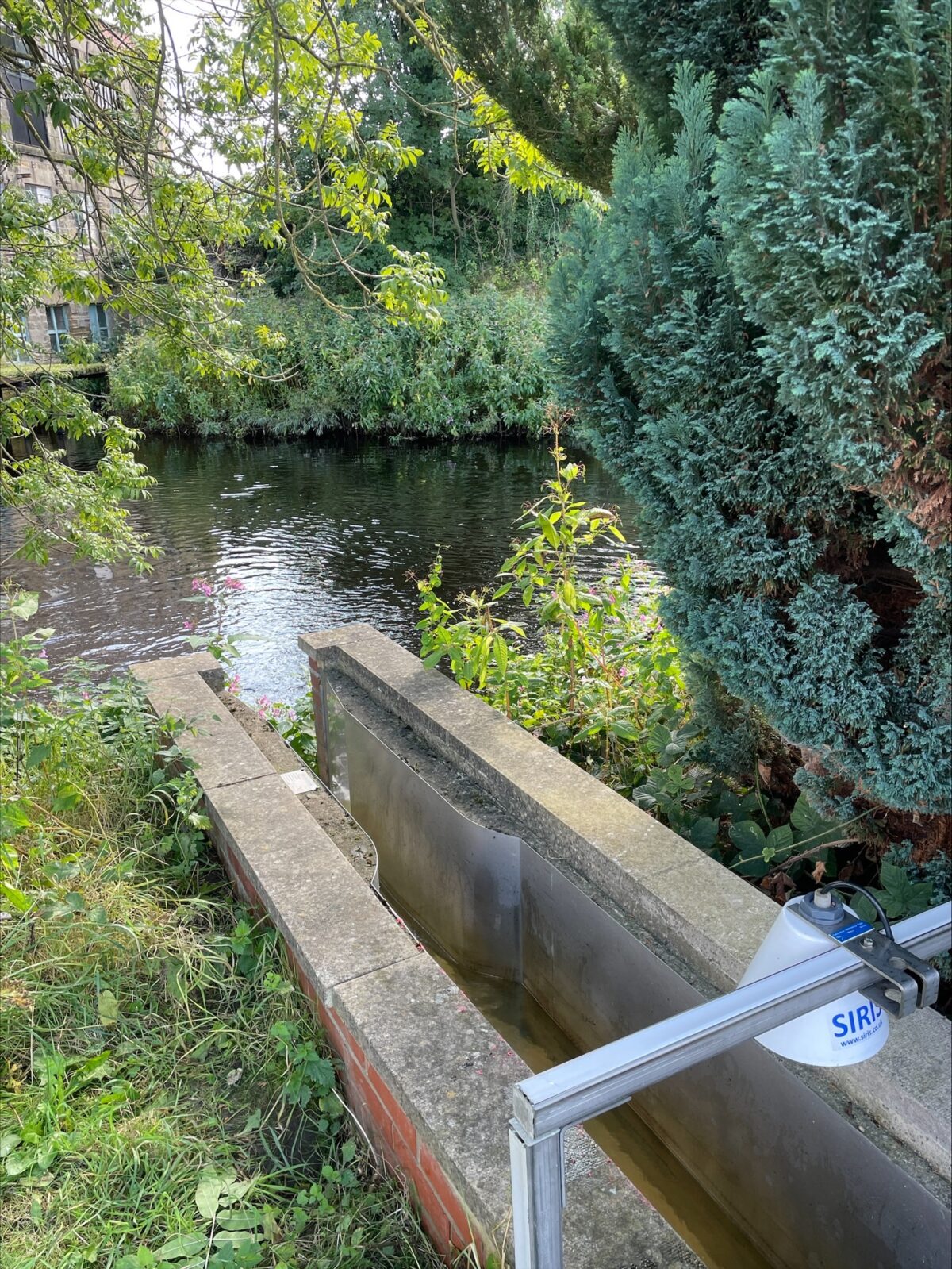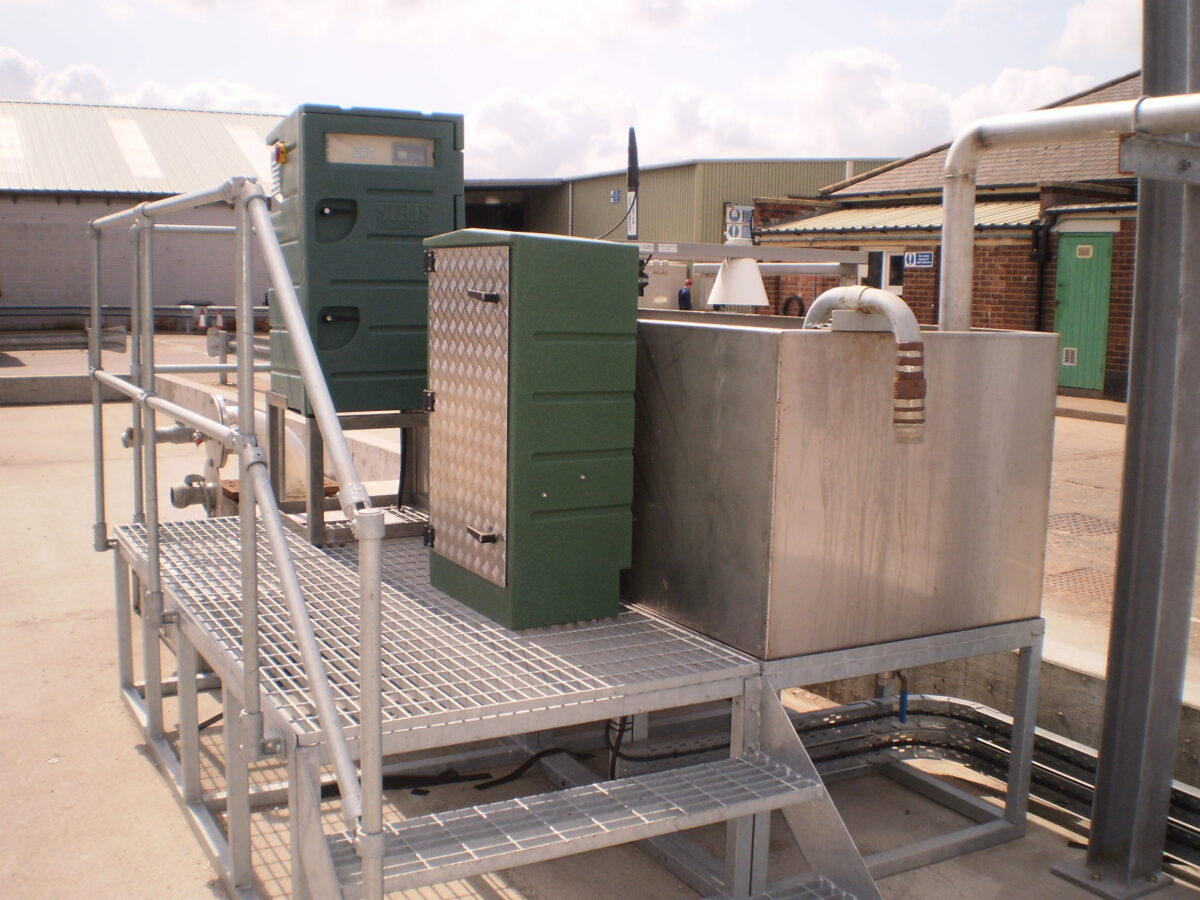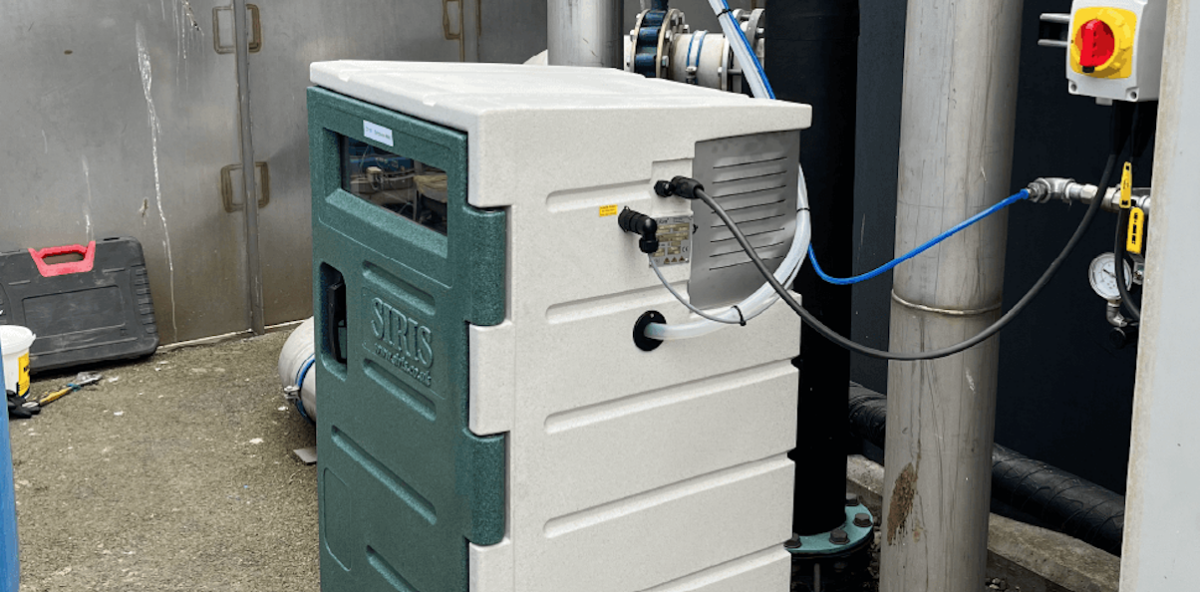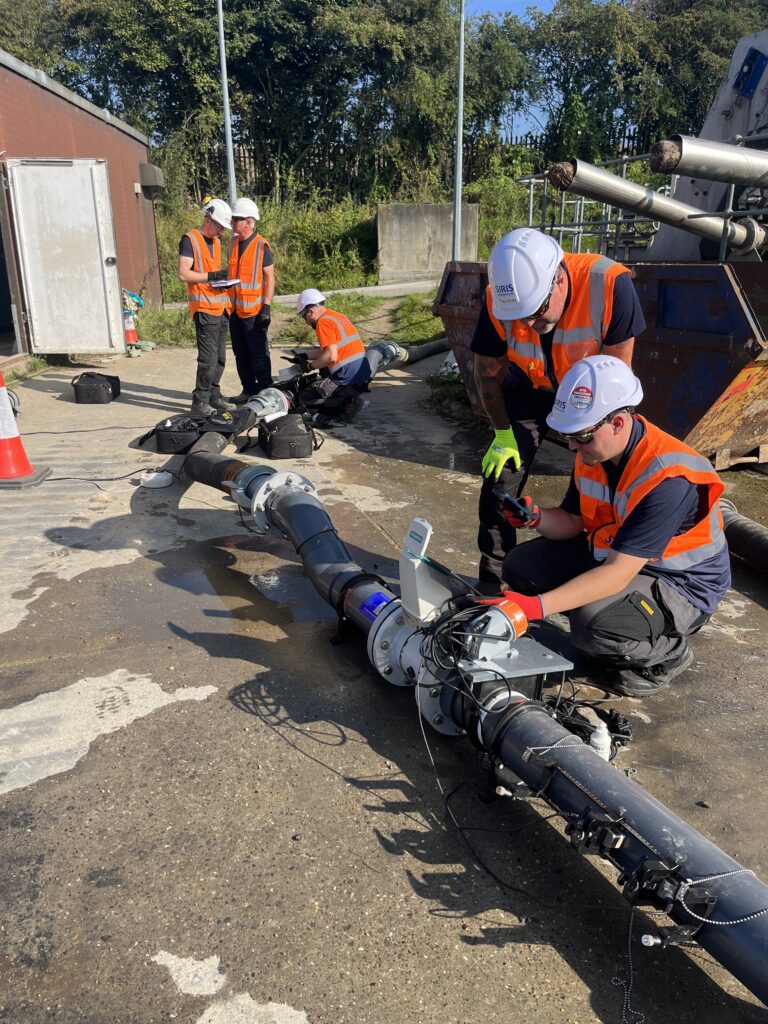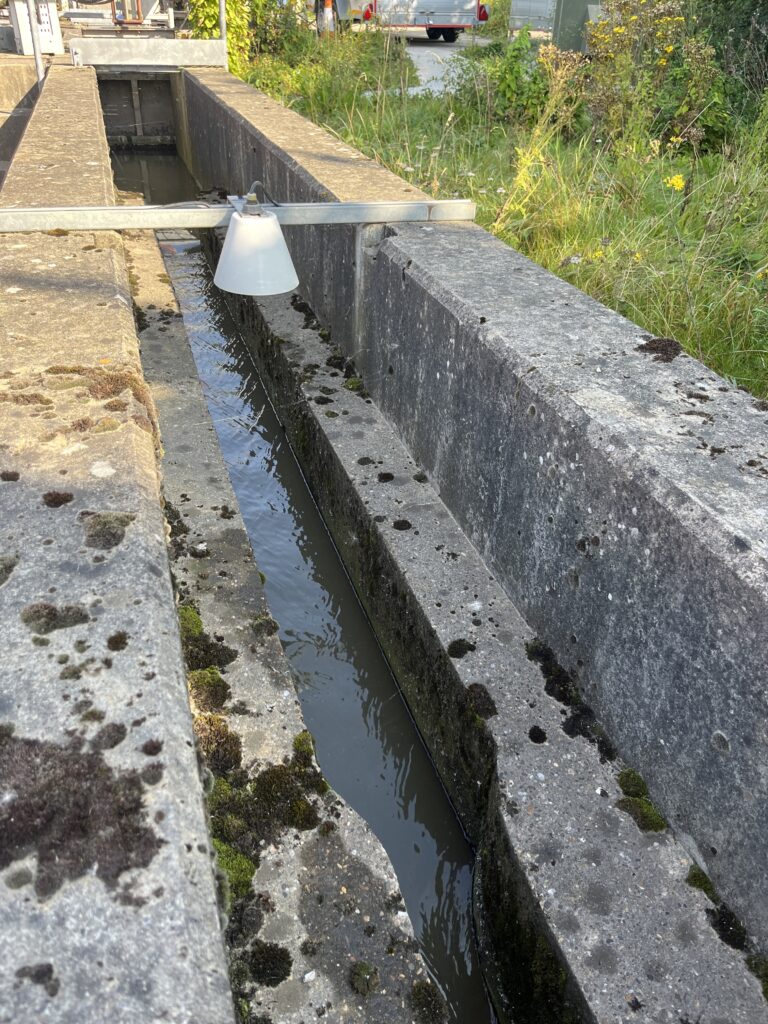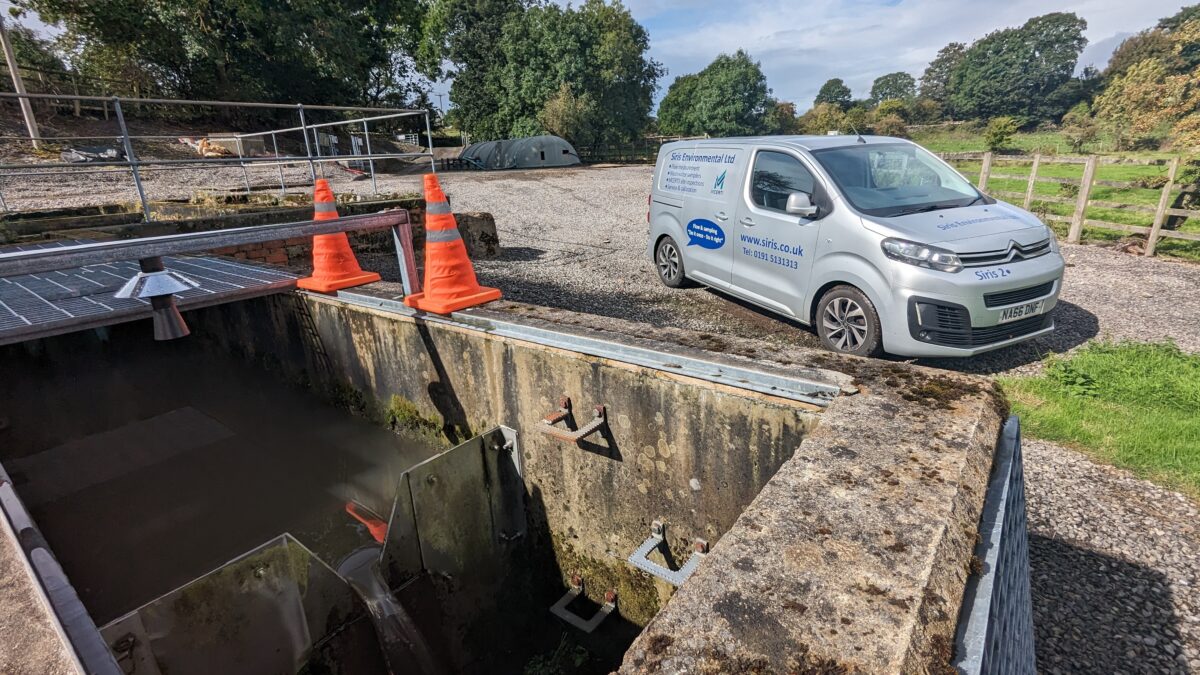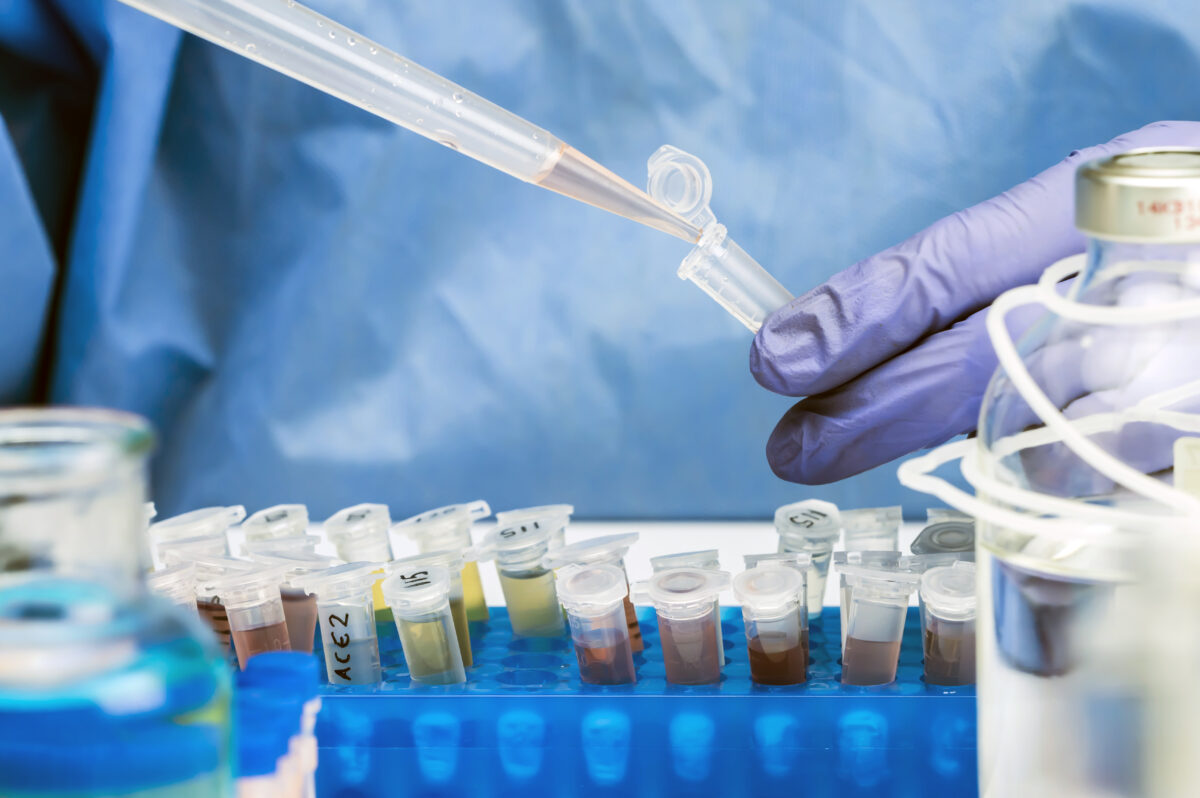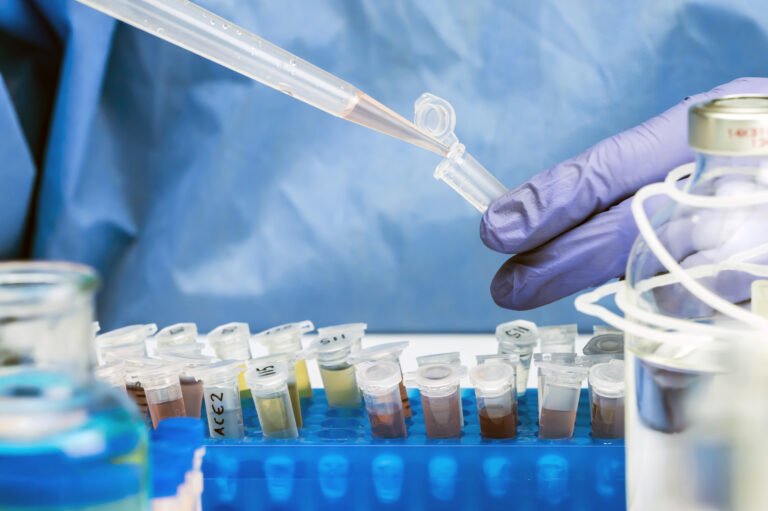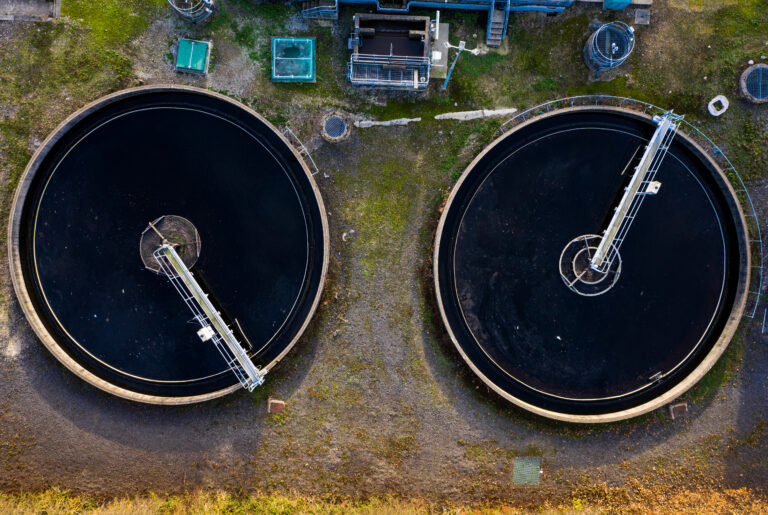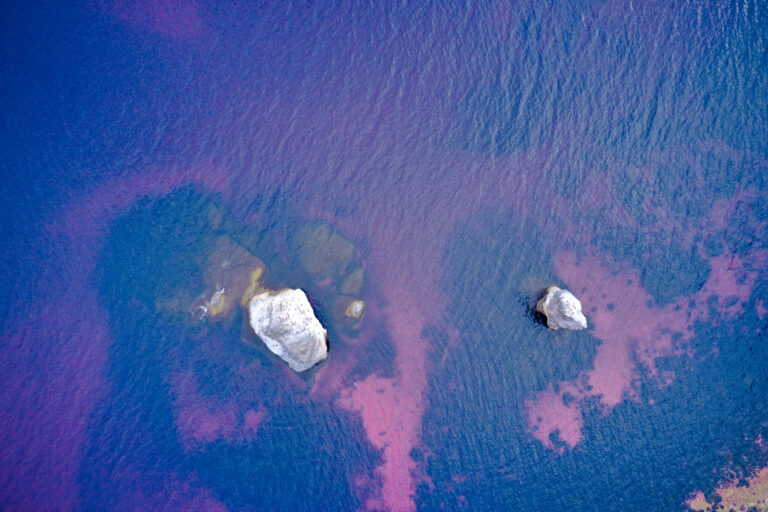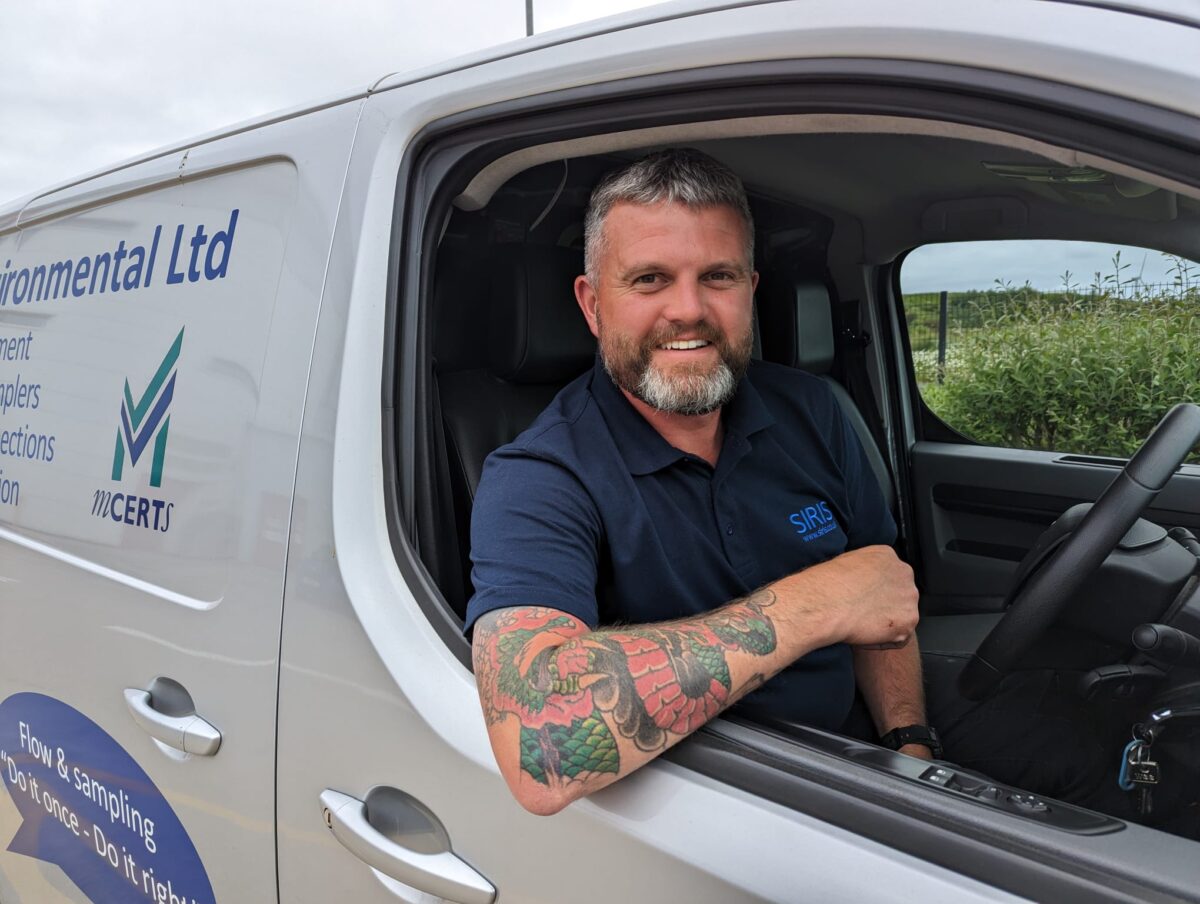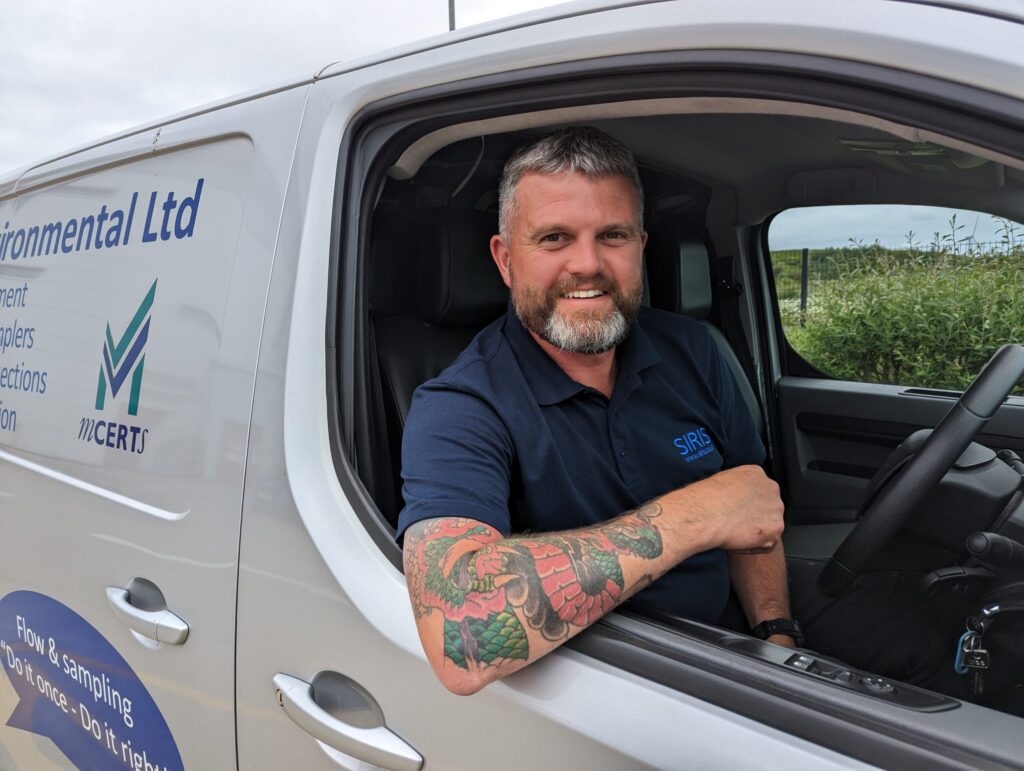PRODUCT SHOWCASE: FLUMES & WEIRS
Maddie
on
November 14, 2023
What is flow monitoring?
Flow monitoring is used for many reasons including system control and regulatory purposes. Flow monitoring can be carried out throughout a variety of means to establish a flow rate.
Primary and Secondary Devices in a Flow System
In order to set up a flow system you have to set up both a primary and secondary device.
Primary device examples include V-notch, rectangular weir or flume, the secondary device is the flow metre that is associated with either option.
V-Notch Weirs
Features:
- Typically used on final effluent, not to be used on inlets.
- Used when flow rate is quite low, 5-10L per second.
- Secondary devices could be an ultrasonic sensor or a radar. Radars do not need a sun shield as their readings are not affected by temperature.
Issues we find with V-notch weirs
- Insufficient Maintenance
- Incorrect sensor positioning
- No sun shade for ultrasonic sensors
- Inaccurate flow calculations during set-up
- Turbulence and Foaming
Flumes
Typically seen on inlet but can also be used on final effluent if good hydraulics are apparent.
Issues we find with flumes
- Insufficient Maintenance
- Incorrect Flume Sizing
- Unsuitable approach conditions
Magnetic Flow Meters
Can be used on both pump lines and gravity lines.
Issues we find with MAG Meters
- Installation too close to another meter
- Incorrect use with partial flow
- Insufficient Maintenance
- Insufficient Approach
- Incorrect Sizing
